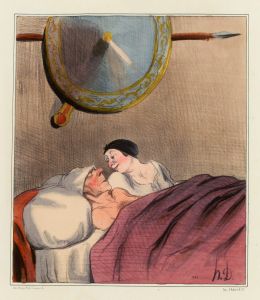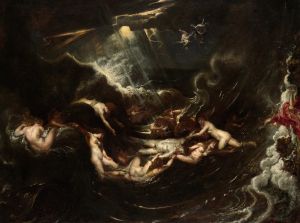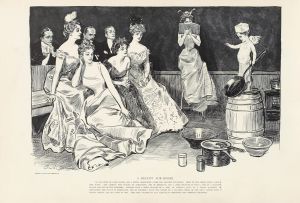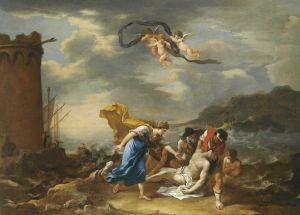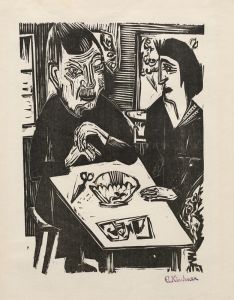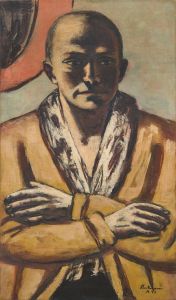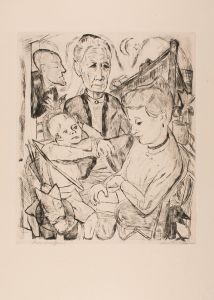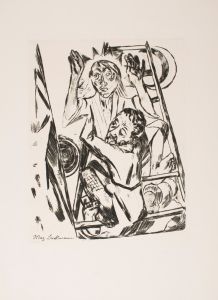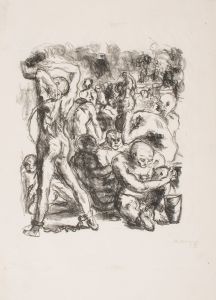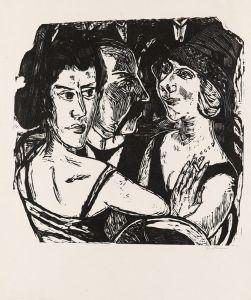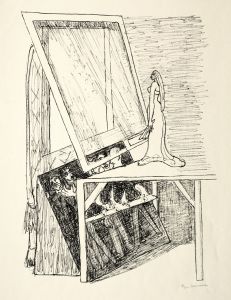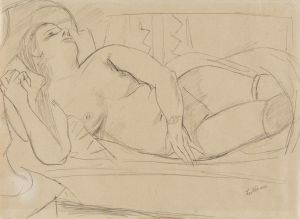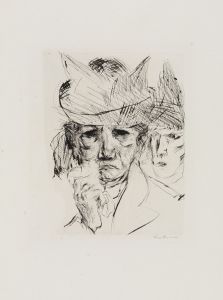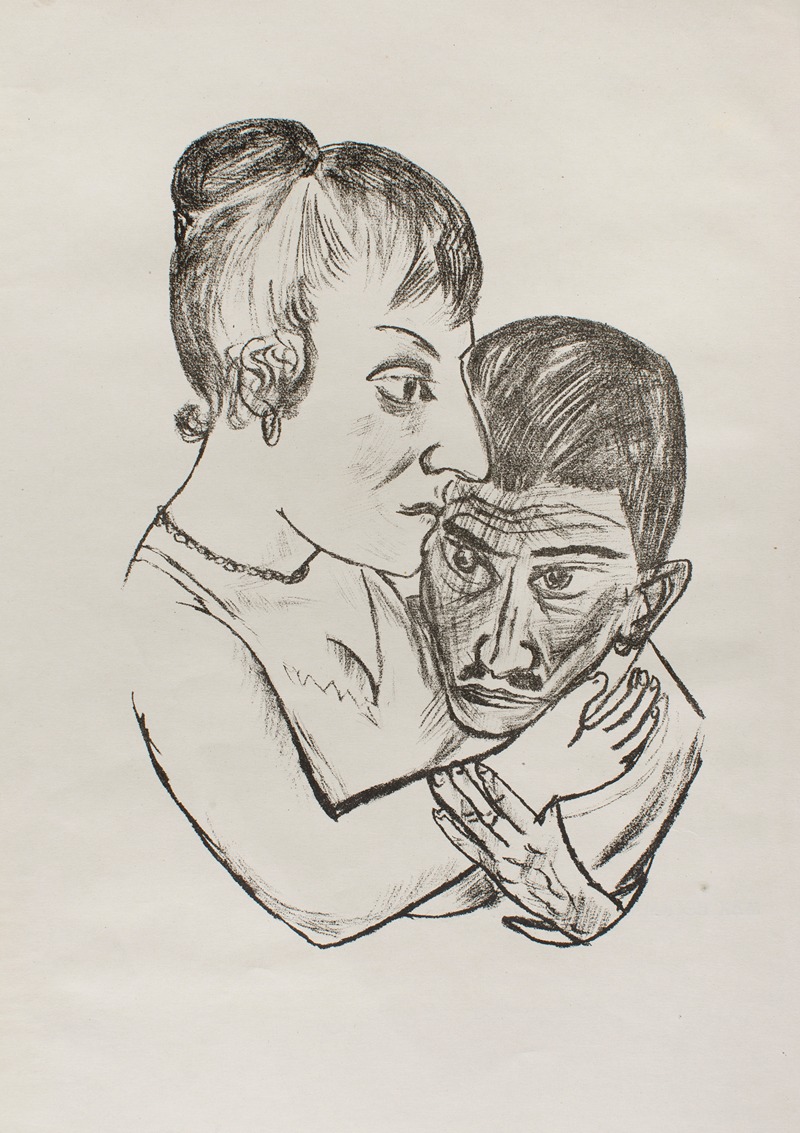
Lovers
A hand-painted replica of Max Beckmann’s masterpiece Lovers, meticulously crafted by professional artists to capture the true essence of the original. Each piece is created with museum-quality canvas and rare mineral pigments, carefully painted by experienced artists with delicate brushstrokes and rich, layered colors to perfectly recreate the texture of the original artwork. Unlike machine-printed reproductions, this hand-painted version brings the painting to life, infused with the artist’s emotions and skill in every stroke. Whether for personal collection or home decoration, it instantly elevates the artistic atmosphere of any space.
Max Beckmann's painting "Lovers" is a significant work by the German artist, who is renowned for his contributions to the Expressionist movement and his distinctive style that evolved throughout his career. Beckmann, born in 1884 in Leipzig, Germany, is celebrated for his complex compositions and the emotional depth of his work, which often reflects the tumultuous historical context of the early to mid-20th century.
"Lovers" was created during a period when Beckmann was exploring themes of human relationships, identity, and existential inquiry. His works from this era often depict intimate scenes that are imbued with psychological tension and a sense of mystery. Beckmann's style is characterized by bold lines, dramatic contrasts, and a vivid color palette, all of which contribute to the emotional intensity of his paintings.
In "Lovers," Beckmann employs these stylistic elements to capture the complexity of human connection. The painting portrays a couple in a moment of intimacy, yet there is an underlying ambiguity in their expressions and postures. This ambiguity invites viewers to ponder the nature of the relationship between the figures, a common theme in Beckmann's work where the surface narrative often hints at deeper, more intricate stories.
Beckmann's use of space and form in "Lovers" is particularly noteworthy. He often structured his compositions with a sense of theatricality, as if the figures were actors on a stage. This approach is evident in "Lovers," where the figures are positioned in a way that suggests both closeness and separation, a duality that is central to the painting's emotional impact.
The historical context in which Beckmann created "Lovers" also plays a crucial role in understanding the painting. The early 20th century was a time of great upheaval in Europe, with World War I and the subsequent social and political changes deeply affecting artists of the time. Beckmann himself served as a medical orderly during the war, an experience that profoundly influenced his worldview and artistic output. The themes of love, loss, and the search for meaning in a chaotic world are recurrent in his work, and "Lovers" can be seen as a reflection of these broader existential concerns.
Max Beckmann's work, including "Lovers," is often associated with the New Objectivity movement, which emerged in Germany in the 1920s as a reaction against the emotional excesses of Expressionism. This movement emphasized a more realistic and detached approach to subject matter, yet Beckmann's interpretation retained a strong emotional and symbolic undercurrent.
"Lovers" is housed in a private collection, and as with many of Beckmann's works, it continues to be studied and appreciated for its artistic and historical significance. Beckmann's ability to convey complex human emotions and his innovative use of form and color ensure that his work remains influential and relevant in the study of modern art.
Overall, "Lovers" exemplifies Max Beckmann's mastery in capturing the intricacies of human relationships and the existential questions that define the human experience. Through his unique artistic vision, Beckmann invites viewers to engage with the deeper meanings behind the visible world, making "Lovers" a compelling piece in his oeuvre.





